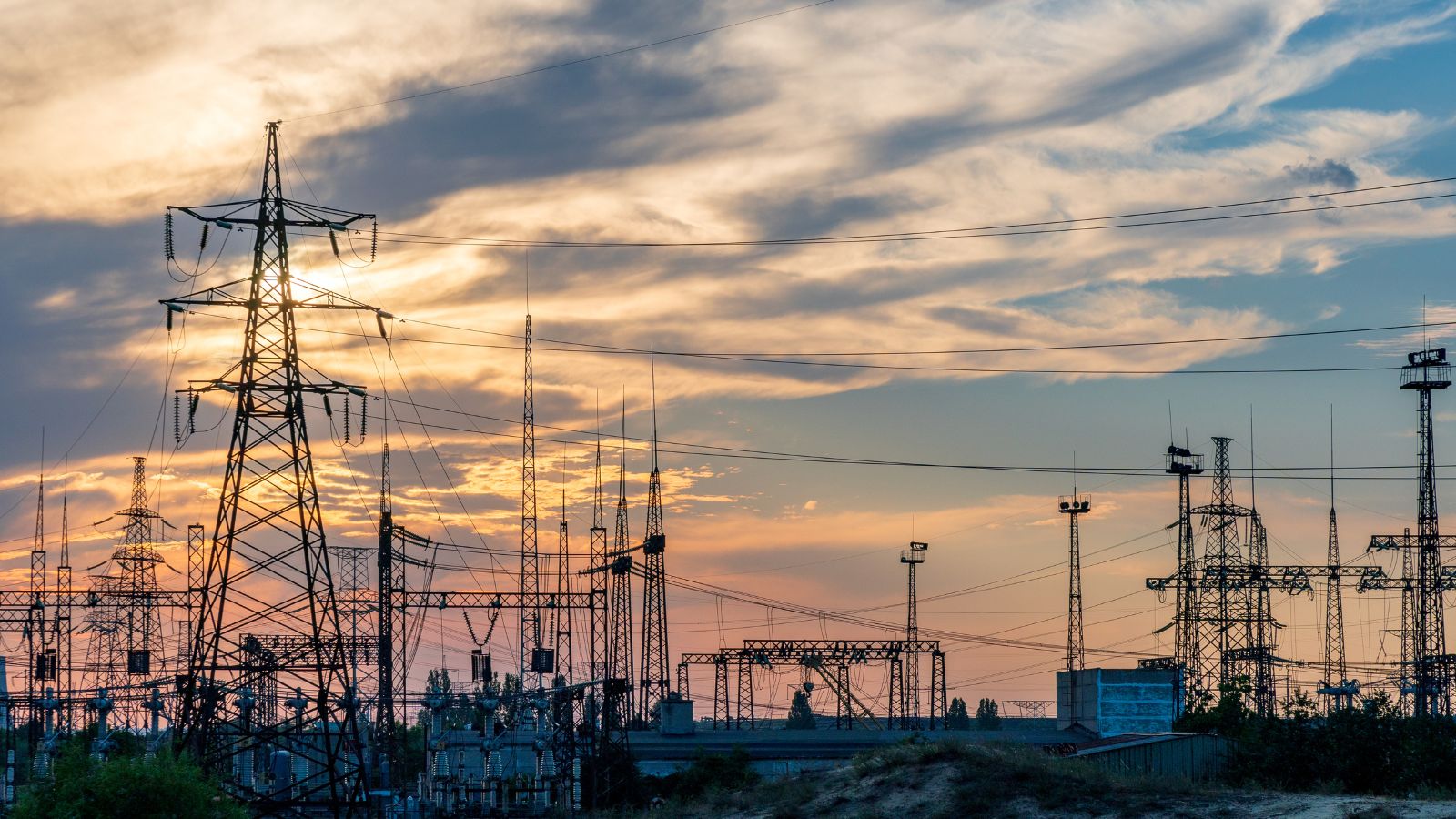
Elewit, Redeia-s technology platform, is always searching for disruptive solutions to impact the energy and telecommunications sectors. As drivers of change and catalysts of innovation, they invest through their Corporate Venture Capital in early-stage startups with strategic impact on the group. One of their main bets is the Canary Islands-based company Aerolaser System, which specialises in geospatial information capture.
Aerolaser System was founded to develop innovative technological solutions to drive the digital transformation of infrastructure. With a clear focus on R&D+i, they have developed in-house technology that allows them to offer highly competitive geospatial systems and services worldwide.
DALIA Project
The collaboration between Elewit and Aerolaser System has resulted in the Detecting Anomalies in Lines Inspection Autonomously (DALIA) project. The project's goal is to optimise overhead power line inspections, achieving a higher level of automation in monitoring and diagnosis. This is done with an image processing solution using computer vision, AI, and by creating digital models of installations using LiDAR technology.
A digital twin of the entire infrastructure managed by Red Eléctrica, Redeia's subsidiary responsible for the electricity transmission and operation in Spain, is in the process of being created. Digital twins allow simulating new predictive scenarios, improving the efficiency and safety of operations while reducing risks. These advances have made DALIA a become a fundamental tool for infrastructure maintenance and incident prevention.
DALIA's unique value lies in its real-time inspection capability, which enables users to detect and address deficiencies immediately. At the same time, it reduces response time and associated costs. Additionally, unlimited cloud storage offers scalability and flexibility, thus eliminating project size constraints and enabling intuitive and quick management of vast amounts of information.
Automatic processing via AI translates into greater precision in irregularity detection and compatibility with various information capture systems.
Once combined, these features provide users with a comprehensive and efficient solution for visualising, manipulating, and detecting issues in LiDAR data and images.
Latest advances in DALIA
Aerolaser and Elewit are still refining the tool. One notable improvement is the implementation of a filtering function in the graphical interface that removes unnecessary buttons, simplifying navigation and software usage.
In addition to interface improvements, two new algorithms have been introduced to maximise DALIA's functionalities. The first is a distance anomaly detection algorithm designed to improve the speed and accuracy of fault identification.
The second is a specific algorithm for analysing vegetation cells in a 5x5-meter grid, providing detailed information on aspects such as vegetation density and tree height. This allows for the identification of potential anomalies and alerts users in areas near electrical infrastructure where high vegetation density could pose a fire risk.
LiDAR technology
LiDAR technology is one of the three tools Aerolaser uses for power line inspections. By using this technology onboard aircraft, a large amount of data can be captured in a short time, making power line inspections more efficient compared to traditional methods that may require slower and more costly ground supervision.
Alongside LiDAR technology, the capture of thermographic images, high-resolution photos, and videos enables DALIA to monitor the entire facility and its surroundings. This system is extremely precise since it identifies any type of irregularity, such as the distance between vegetation and installations, which facilitates appropriate preventive measures. This provides a comprehensive view of the infrastructure, capturing not only the infrastructure itself but also surrounding details. This helps identify potential interferences and other risks.
Committed to a better future
The next goal is to showcase DALIA in the national and international markets to promote this solution that enables more sustainable inspection activities than ever before. The technology developed has great potential for generating digital twins of any type of infrastructure and can be used in multiple sectors.